The Soviet Superweapon That Redefined Destruction
Others are reading now
The Soviet Superweapon That Redefined Destruction
The Most Powerful Bomb in Human History
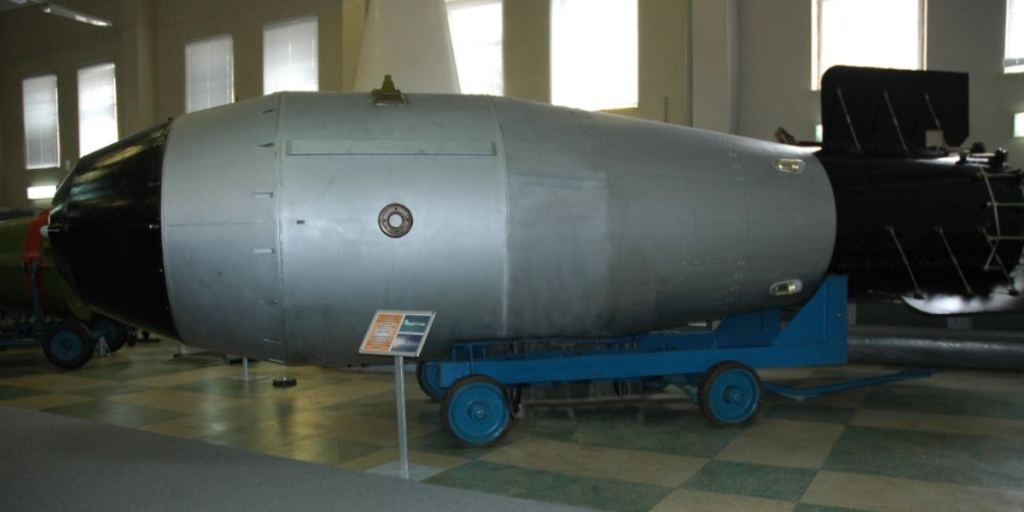
On October 30, 1961, the Soviet Union detonated the largest nuclear device ever built: the Tsar Bomba.
This single test changed the world’s perception of destructive power forever. The blast sent a clear, terrifying message during the Cold War—a show of force meant to prove Soviet dominance in the nuclear arms race.
A Shockwave Felt Around the World

According to WPtech, the Tsar Bomba’s shockwave was so immense it circled the globe three times.
The mushroom cloud soared 64 kilometers high, dwarfing any explosion seen before or since. The detonation occurred at an altitude of 4 kilometers, following its release from 10.5 km by a modified Soviet bomber.
Also read
Unprecedented Power
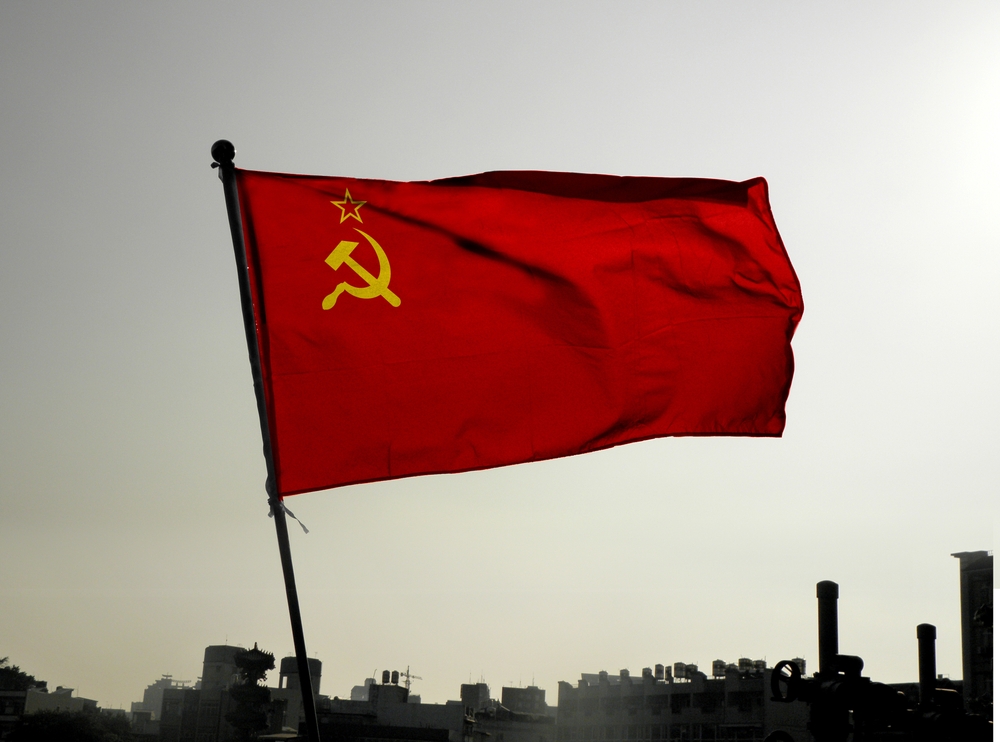
WPtech notes that the bomb had a yield of 50 megatons—the equivalent of 50 million tons of TNT.
That’s approximately 1,600 times more powerful than the combined force of the Hiroshima and Nagasaki bombs. The devastation was so total that rocks at the epicenter vaporized instantly.
A Weapon of Terrifying Potential

Although the tested version was 50 megatons, WPtech reveals it could have reached 100 megatons if the Soviets had added a uranium neutron reflector.
The scale of destruction was unimaginable—enough to wipe out a city the size of Paris, though analysts questioned the bomb’s actual military utility.
A Chilling Demonstration of Soviet Strength
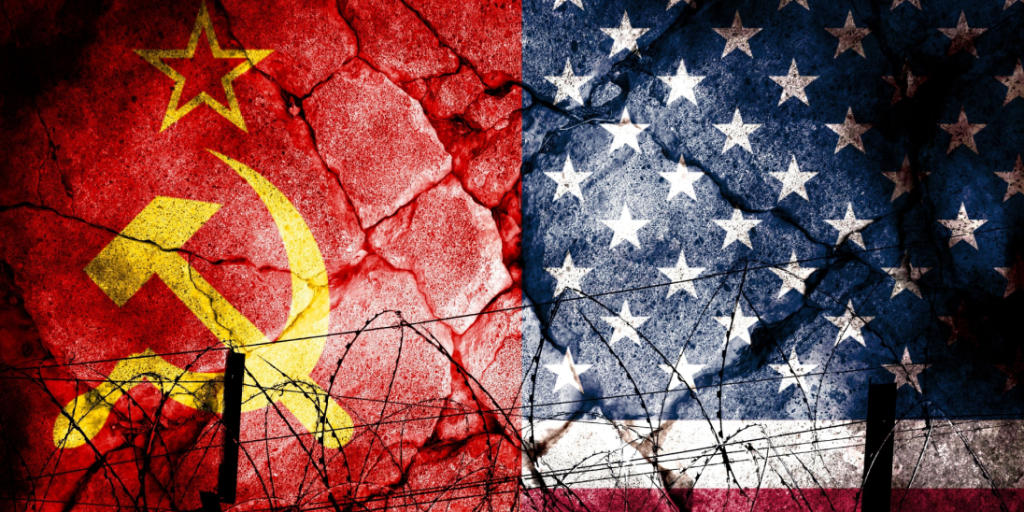
The timing of the detonation was deliberate. WPtech explains that Soviet leader Nikita Khrushchev wanted to show off his country’s capabilities during the October 1961 Communist Party Congress.
Also read
American intelligence interpreted the test as a strategic move to assert dominance in the Cold War.
The Race for Thermonuclear Supremacy
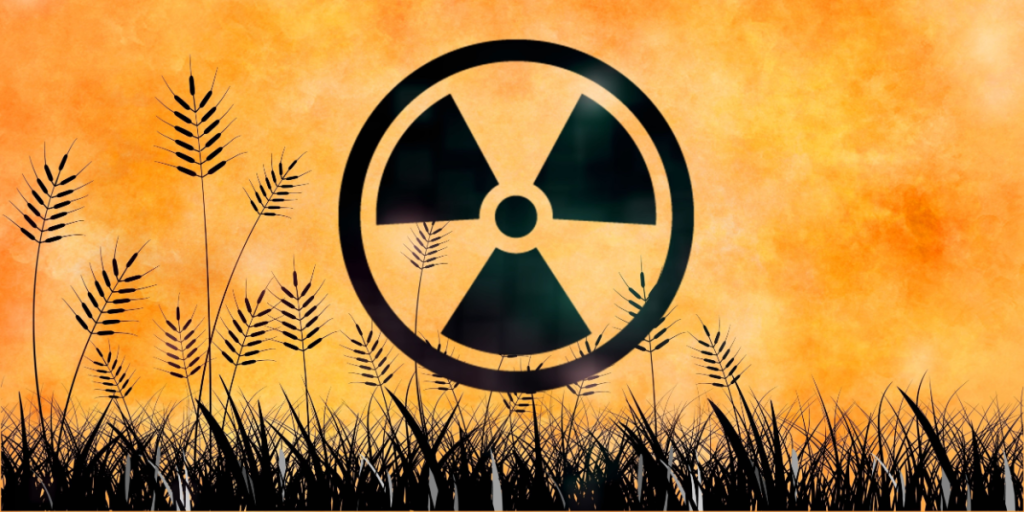
WPtech reports that 1961 was a peak year for nuclear testing, with at least 19 thermonuclear detonations, 14 of which exceeded one megaton.
The CIA recognized the test’s propaganda value, but also concluded that dropping a bomb of that size on the U.S. was impractical.
From Weapon Designer to Peace Advocate
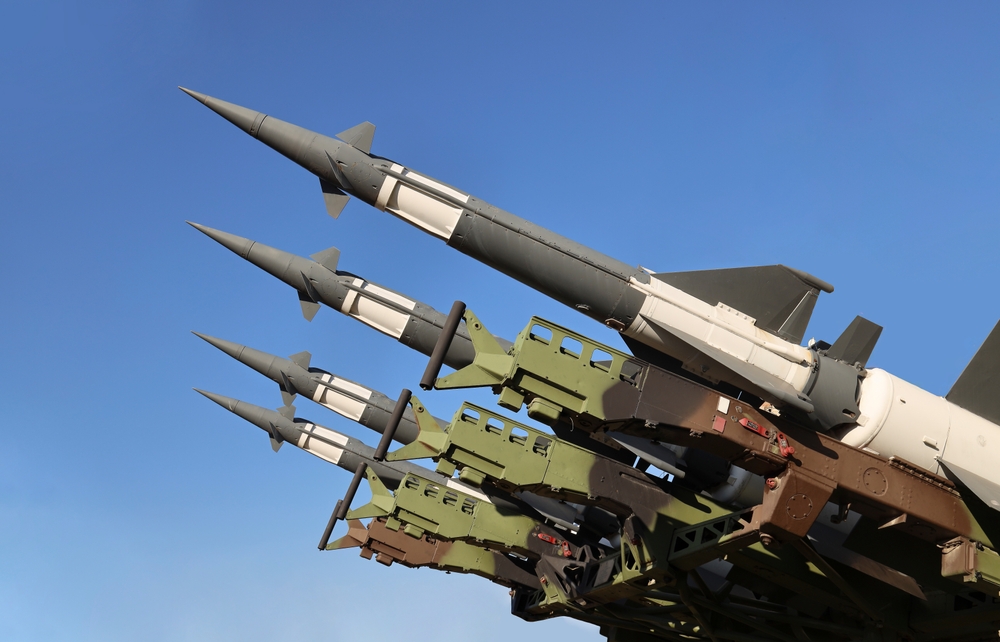
One of the scientists behind the bomb, Andrei Sakharov, later turned against the very weapons he helped create.
As WPtech highlights, Sakharov became a staunch critic of Soviet repression and a global advocate for nuclear disarmament, eventually earning the Nobel Peace Prize in 1975.
Also read
A Reminder of Humanity’s Limits
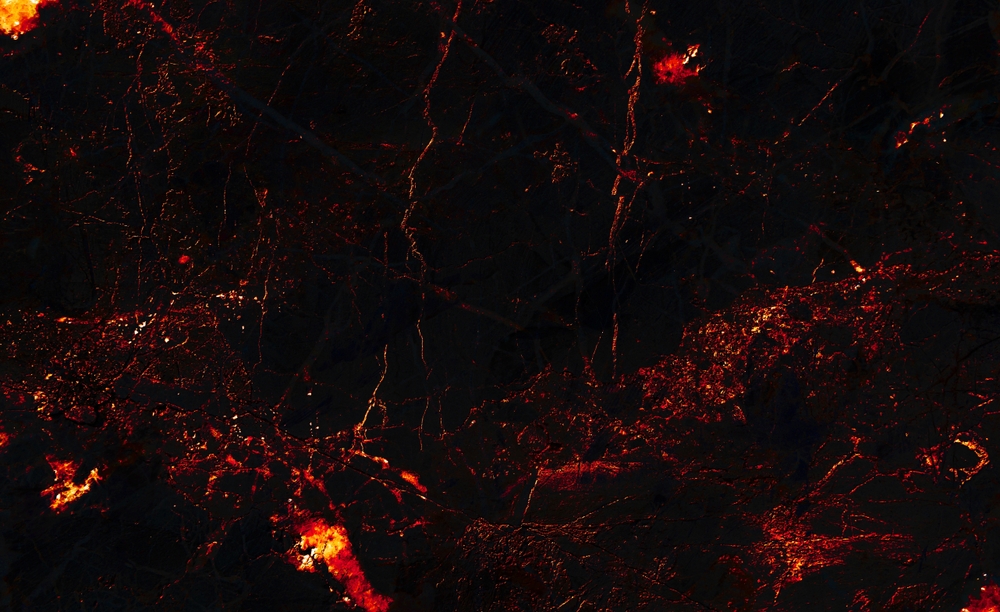
Despite its apocalyptic power, the Tsar Bomba could not destroy the Earth. WPtech cites scientists who estimate it would take 100 trillion bombs of that scale to rip the planet apart.
But the legacy of the test lives on as a sobering reminder of how close humanity has come to self-annihilation.


